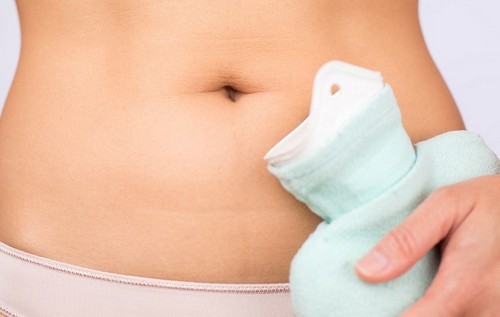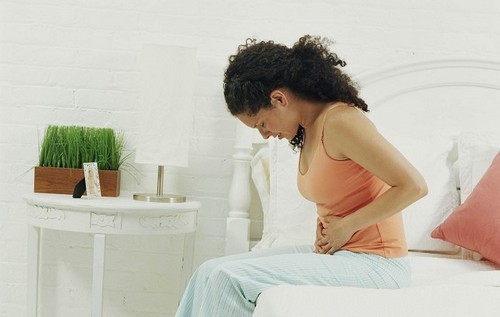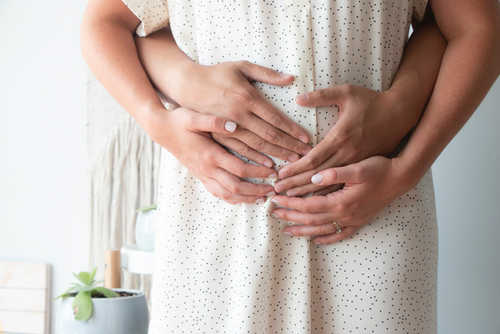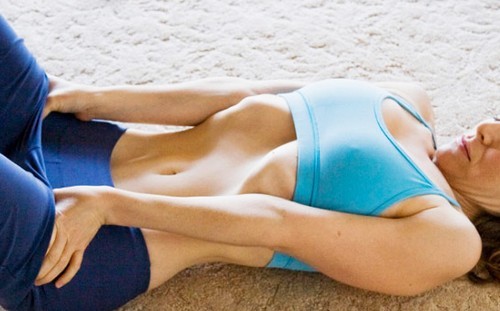Every woman dreams of becoming a mother and putting a baby on her chest. But, you need to be prepared for the occurrence of many unpleasant situations, one of which may be postpartum cystitis. Of course, cystitis is treated after childbirth, but it is better to be on the alert and arm yourself with knowledge about this ailment.
Symptomatology
The first symptoms of this disease are frequent urge to urinate. At the same time, the volume of urine released does not correspond to the urgency, and at the end of the urination act there is an acute cutting pain or burning sensation.
If the inflammation has passed into an acute form, then pain occurs during the entire urination, pain appears in the abdomen. Sometimes in women in labor, the excreted urine contains impurities of blood and mucus.
Causes of occurrence
Inflammation in the bladder after childbirth is a concomitant disease. It occurs mainly due to trauma or compression of the pelvic organs at the time of passage of the fetal head through the birth canal.
Other causes may include the following:
- doctors applying ice to the abdomen to accelerate uterine contractions and prevent bleeding;
- the introduction of a catheter with which pathogenic microorganisms can enter the bladder and cause inflammation;
- a change in the hormonal background, which significantly weakens the immunity of a woman, makes it possible to develop cystitis;
- blood loss during childbirth, temporarily reduces the protective functions of the woman’s body;
- commonplace lack of hygiene during childbirth;
- circulatory disorders in the genitourinary system;
- the presence of infection in the microflora of the vagina during pregnancy can give an impetus to the development of cystitis.
Diagnosis of the disease
Diagnosing cystitis is rarely difficult because the symptoms are specific. To confirm the diagnosis and prescribe a course of treatment, first of all, the doctor gives a referral to a clinical analysis of urine. As a rule, red blood cells and an increased white blood cell count are detected in the urine.
If antibiotics are needed, an additional microbiological analysis of urine (urine culture) is done. The purpose of this study is to identify how sensitive the causative agent of the disease is to a particular antibacterial drug.
Diagnosis is carried out by instrumental methods. Most often, an ultrasound examination of the bladder and kidneys is performed. With acute development of the disease, cystoscopy is prescribed. For this, a special medical device, a cystoscope, is used, which allows the doctor to examine the bladder and urethra from the inside. But such diagnostic methods are carried out in exceptional cases with complications, more often doctors are limited to only analyzes.
Complications of cystitis
Lingering cystitis in women in the postpartum period can worsen and go into pyelonephritis. This is due to the fact that the pathogen enters the kidney from the bladder and causes inflammation, which is accompanied by a sharp increase in body temperature to 39 degrees.
It is not uncommon for patients to complain of lower back pain, general malaise, nausea, vomiting, dizziness, and chills of joint and muscle pain.
If such symptoms appear, you must immediately call home a doctor or an ambulance, which hospitalizes the woman in the hospital of the nearest hospital.

Postpartum Cystitis Treatment
The course of treatment for cystitis is prescribed only by the attending physician based on the results of laboratory and instrumental studies. The treatment process is significantly hampered by the fact that not all drugs can be used during lactation. Therefore, doctors prefer uroseptics created from natural plant components. Such drugs will not do any harm to the baby and will allow you to continue breastfeeding. For example, Kanefron, which exhibits anti-inflammatory and antibacterial effects on the patient’s body.
If “harmful” medications cannot be dispensed with, they are injected directly into the bladder, i.e. bladder instillation is performed. The procedure is designed to have a local therapeutic effect on the focus of infection, and is completely harmless to the health of the mother and child. This is the best option for treating postpartum bladder inflammation.
In the treatment of acute forms of cystitis with complications, sometimes you have to interrupt lactation and apply more effective drugs that can penetrate into breast milk and harm the health of the baby.

Disease prevention
To avoid cystitis after childbirth, it is necessary to adhere to some rules of prevention:
- during the bearing of a child, a woman should be fully examined and, in the presence of infections, undergo appropriate treatment;
- eliminate the possibility of hypothermia (dress warmly during walks);
- strictly observe the rules of personal hygiene (wash after each visit to the toilet, change sanitary towels at least every 2 hours);
- to avoid constipation, which lead to circulatory disorders, which contributes to the development of cystitis (put special candles, make cleansing enemas, adjust nutrition and meal schedule);
- it is imperative to follow a diet: do not eat spicy, salty, acidic foods and alcoholic beverages.



